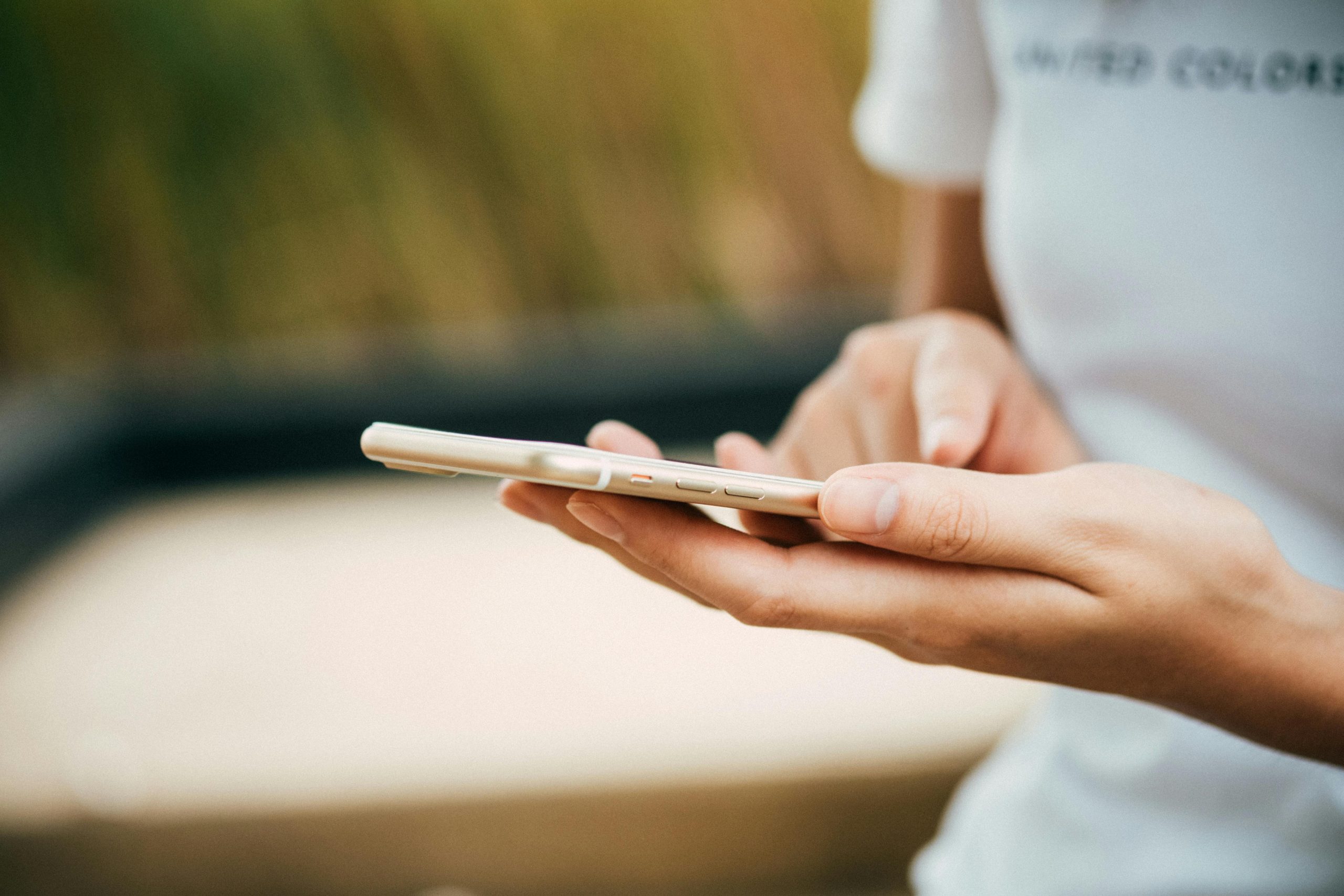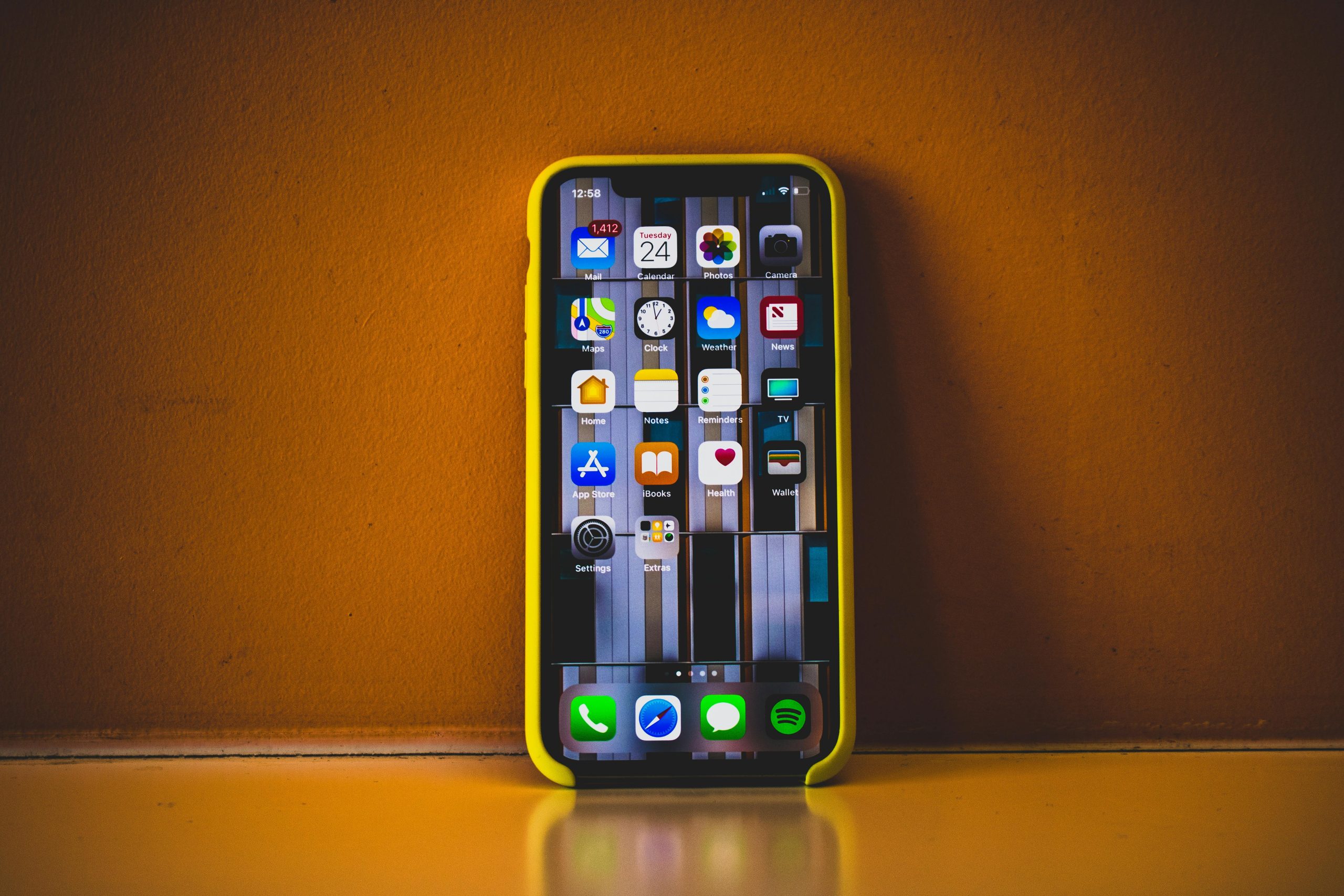Even the newest iPhones can sometimes work slower than expected, which can be frustrating and distracting from our work. However, you can maintain its performance by optimizing phone usage in advance. Here are some tips for keeping your iPhone fast and efficient:
-
Update to the Latest iOS Version
Keeping your iOS updated is crucial, even with the newest iPhone. Regular updates contain bug fixes, security improvements, and new features that enhance your device’s performance. Always install updates promptly to get the best out of your iPhone. Apple continuously improves the operating system, ensuring that each version is more refined than the last. These updates enhance the functionality and improve the overall user experience. Without these updates, your phone might miss out on significant performance improvements and new features to make your life easier.

-
Declutter for a Faster Phone
Your iPhone’s storage can quickly fill up with outdated files, documents, and multimedia. Regularly delete old files, photos, apps, and duplicates to free up space. Utilize iCloud or external storage for items you might need later, keeping only essential items on your phone. The illusion that more memory means more space can lead to unnecessary clutter, slowing down your device. Organizing your photos also helps locate important files quickly. To learn more about this, check this link.
-
Give Your Device a Break
Occasionally powering off your iPhone clears app memory and can enhance performance. Frequent use of multiple apps can slow down your phone over time, but a simple reboot can restore its speed. When you open an app, it uploads data to the temporary memory to support repeated access. However, with prolonged use of numerous apps, the phone’s memory can get clogged, leading to decreased performance. Restarting your device periodically clears this temporary memory, allowing your iPhone to function optimally once again.
-
Customize Background App Refresh
Adjust the background app refresh settings to manage battery life and processor usage. Turning it off can extend battery life, while automatic refresh can keep your apps up to date if you have access to a charger. Background app refresh can be a significant battery drainer, as it allows apps to update and fetch new data even when they are not actively in use. By customizing this feature, you can control which apps refresh in the background, optimizing both battery life and performance according to your needs.
-
Charge Faster in Airplane Mode
Switching to Airplane mode while charging can significantly speed up the process. This is especially useful when you need a quick charge before an important meeting. Airplane mode disables wireless functions such as cellular, Wi-Fi, and Bluetooth, reducing the amount of power your phone uses while charging. This allows your phone to charge more efficiently, making it a handy trick for those moments when you need a rapid power boost.
-
Store Documents in a Single, Safe Place
Keep your documents organized in one location for easy access. Using a non-cloud solution like Collabio Spaces ensures privacy and allows for efficient document management and collaboration. By having all your documents in one place, you eliminate the hassle of searching through different apps or folders. This approach saves time and enhances productivity, as you can access everything you need quickly and securely.
-
Organize Files and Folders
Organize your files and folders manually to save time when searching for specific items. iPhones automatically sort photos, but other files benefit from manual organization. Creating a systematic filing structure on your phone ensures that you can find what you need without sifting through unnecessary clutter. Whether you choose to organize alphabetically, by date, or by category, a well-ordered phone makes for a more efficient and stress-free experience.
-
Ditch Distracting Notifications
Turning off unnecessary notifications can improve focus and productivity. Start by disabling social media alerts during work hours to minimize distractions. Notifications can be a constant source of interruption, pulling your attention away from important tasks. You create a more focused and productive environment by selectively turning off non-essential notifications. This simple adjustment can lead to significant improvements in your daily workflow.
-
Try ‘Do Not Disturb’ Mode
Use the ‘Do Not Disturb’ mode to limit interruptions. You can schedule it to turn on automatically and allow calls from specific contacts while blocking other notifications. This feature is particularly useful during meetings, work sessions, or sleeping. ‘Do Not Disturb’ mode helps create uninterrupted periods where you can concentrate fully on your tasks or relax without being disturbed by constant alerts.
-
Limit Time for Playing Games
If gaming consumes too much time, consider deleting games or setting time limits. Replace gaming with apps that boost productivity or knowledge. Playing games can be fun and relaxing, but it can also become a time-consuming habit that interferes with productivity. By setting boundaries on your gaming time, you can ensure that it does not detract from your other responsibilities and goals. Exploring educational or productivity apps can provide more valuable and enriching experiences.
-
Analyze Your Screen Time
Monitor your screen time to identify areas where you can reduce usage. Adding a screen time widget or viewing reports in Settings can help you manage your phone usage more effectively. Understanding how you spend your time on your phone is the first step towards making positive changes. By analyzing screen time reports, you can pinpoint apps or activities that consume excessive time and adjust your habits accordingly.

-
Backup Information from Your iPhone
Regularly back up your important data to iCloud or an external drive. This practice ensures your information is safe and provides peace of mind. Data loss can occur unexpectedly, whether due to a software glitch, hardware failure, or accidental deletion. Having a backup means that you can easily restore your important information and avoid the stress and inconvenience of losing valuable data.
-
Set Passwords and Check Privacy
Conduct regular privacy check-ups and set strong passwords. Enable Face ID and ‘Find My iPhone’ to enhance security and increase the chances of recovering your device if lost or stolen. Your iPhone contains a wealth of personal information, making it essential to safeguard your privacy. Regularly updating passwords and enabling security features like Face ID and ‘Find My iPhone’ helps protect your data from unauthorized access and improves the chances of recovering your phone if it goes missing.
By following these tips, you can keep your iPhone running smoothly and efficiently, ensuring it remains a reliable and powerful tool in your daily life.
I’m Isabella Garcia, a WordPress developer and plugin expert. Helping others build powerful websites using WordPress tools and plugins is my specialty.
